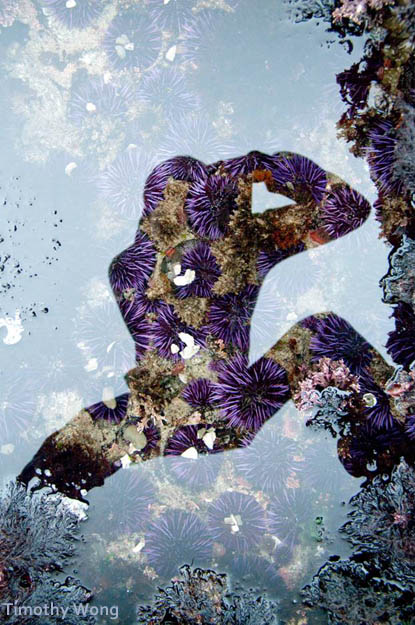
Contest Rules | Prizes & Sponsors | Contest Terms and Conditions | Submit your photos | Galleries of Past Winners
The contest is free and open to all amateur photographers. Contest prize packages have been generously donated. Check out the prizes and sponsors. For more information or questions about entries, contact Lauren.Dung@coastal.ca.gov.
Ready to participate? Here's what to do:
Galleries of Past Winners:
2024 | 2023 | 2022 | 2021 | 2019 | 2018 | 2017 | 2016 | 2015 | 2014 | 2013 | 2012 | 2011 | 2010 | 2009 | 2008 | 2007 | 2006 | 2005 | 2004 | 2003 | 2002 | 2001 | 1999 | 1998
Sign up to receive emails about the contest.
Support this contest by purchasing prints and other items featuring winning photography.
"Here's a central and obvious principle about photography that is sometimes overlooked even by some veteran photographers — that it's about light. Light makes the image. All cameras, whether film-based or digital are wonders of technology but they don't have a clue about subject; they're designed to transmit and register light and a range of its qualities.
It's true that the
history of photography is filled with examples in which the subject and not
the light is what the viewer's attention is drawn to and many of those
images are powerful and memorable. In photojournalism, for example, when the
urgency of an event takes precedence over art, the photographer may not have
the time or the interest in waiting for the right light. But amongst the
most memorable of those images, the ones that put a lump in your throat are
those in which the light was a significant and descriptive player. So think
about the subject but shoot the light."
- Malcolm
Lubliner, Photographer

Photo contest entries may be used in Coastal Commission web pages, publications, and products. Past contest photos have been used to produce a set of greeting cards; a screensaver; and coastal access guides.